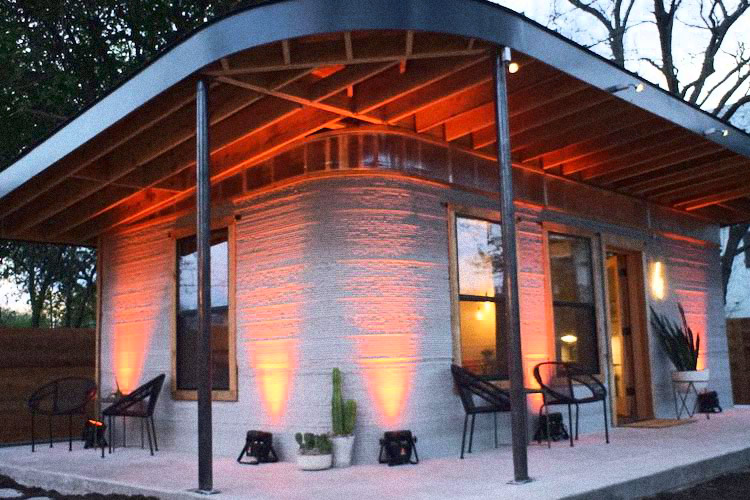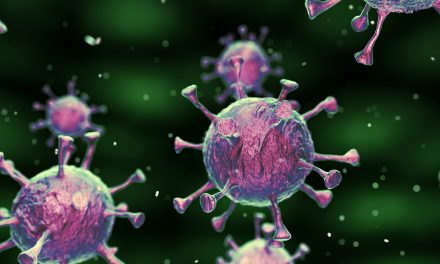One year ago, America’s first 3D-printed home was unveiled in the city of Austin, Texas. In the time that has passed, the structure has proven itself to be resilient and cost-effective. Now, 50 more of the 3D-printed homes are being constructed for poor families in rural Latin America.
Icon, the tech company that designed the specialized 3D printer, partnered with the Silicon Valley-based nonprofit New Story for the initiative. Currently, they are working on constructing their “first-of-its-kind” neighborhood for Latin American families who make less than $200 per month.
RELATED:
The 3D-printed houses are ideal for low-income families because they are inexpensive to construct, as well as quick to build. To offer perspective, consider that a conventional house may take 4-6 months to build and cost between $300k-$600k. The 3D-printed house, on the other hand, can be constructed for roughly $10,000 and takes just 24 hours to print.
The speedy and inexpensive construction is being facilitated by the Vulcan II. As GoodNewsNetwork reports, the 3D-printer that was designed specifically for building cheap homes. After the first 3D-printed house made headlines in 2018, the researchers spent the following year refining the design. They wanted it to be easier to use, as well as more resistant to outdoor conditions.
RELATED:
According to Icon, the Vulcan II is now commercially available for international use. As soon as next month, the company will begin shipping the printer. Pre-orders are being accepted for 2020.
Icon said in a statement:
“Vulcan II is ready to move out of ICON’s lab and into the world next month to begin its very good work of delivering affordable, resilient dignified housing around the world.”
Vulcan II is the first printer of its kind in that it has the capability of printing homes in which people actually want to live. It can be operated by anyone with basic training thanks to the improvements in automation, mechatronics and a suite of specialized software.
*Article originally appeared in Waking Times. Reprinted with permission.












